-
Posts
8,756 -
Joined
-
Last visited
-
Days Won
73
Content Type
Profiles
Forums
Events
Posts posted by Buckshot Bear
-
-
Daylight savings ending Sunday morning brekky
-
 3
3
-
 1
1
-
-
-
NSW Police Ford Paddy Wagon from back in the day
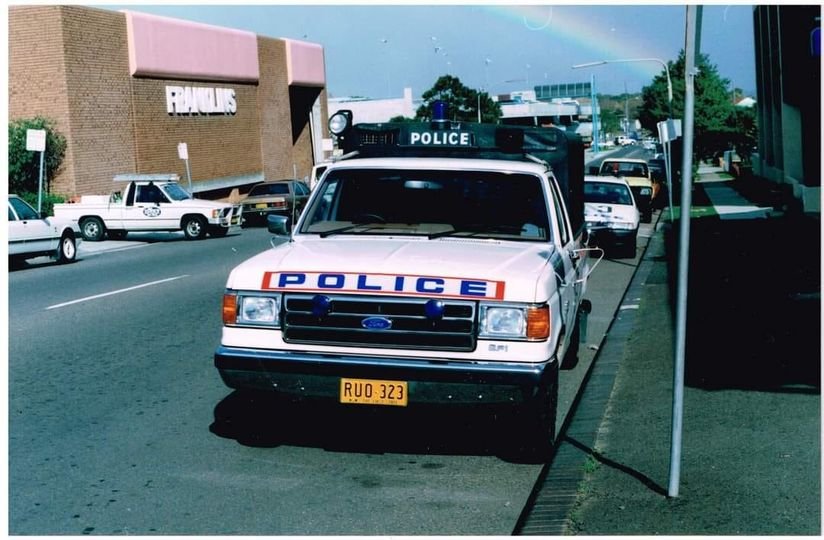
-
 4
4
-
 1
1
-
 1
1
-
-
ONE BEDROOM HOUSE - 1875Shaws Court - off Kent St (between Druitt & Fowler Sts) Sydney. One bedroom house.
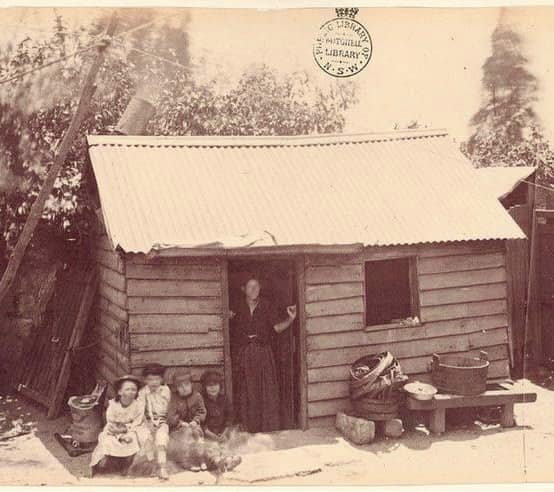
-
 2
2
-
 2
2
-
-
-
-
Blazing Saddles
-
 3
3
-
 1
1
-
-
Camp Pie canned in Australia - c1905 (plus recipe)Although camp pie in various guises had been around for many decades, it appears that Foggitt Jones of Queensland was the first to market it in Australia. Their Rex Camp Pie became a well-known brand. The famous “Camp Pie” Case in the 1920s was a legal dispute over trademarks between Foggitt Jones and the Darling Downs Co-operative.The origins of the name “Camp Pie” are obscure. The dictionary defines it as: (Australian, history) tinned meat.But it probably isn’t uniquely Australian. Camp Pie (at least in its tinned version) is recorded in Britain long before being manufactured in Australia. The term may have originated with the military, as tinned meat became a staple in the military diet around the time of the Crimean War (1853-6). Another theory (which would support its Australian credentials) is that it was made in miners’ camps on the Australian goldfields, but I can’t find any evidence for this.It wasn’t always tinned either. A recipe for making a dish known as Camp Pie was published in the Scottish weekly magazine, the People’s Friend, in 1879. It sounded very like cottage pie, with a mixture of cold beef or mutton, chopped finely, mixed with gravy, covered with mashed potato and baked. Other home-cooked versions appeared over the years in the Australian press. The following recipe, similar to the one featured in People’s Friend appeared in The Bathurst Post in January 1883:Camp pieIngredients. — Cold beef or mutton, pepper and salt, seasoning of ketchup or Worcester sauce, and onion if liked.Method. — Mince the meat very fine, add pepper, salt, and the onion finely chopped. Make gravy of the bones and flavour it with ketchup or Worcester sauce; mix these with the minced meat, put it into a pie dish, with a tolerably thick layer of mashed potatoes, well seasoned with pepper and salt, and bake for an hour.A 1930s recipe from Mrs C. H. Applebee of Ulverstone in Tasmania, took a completely different approach, with rather different ingredients:Home-made Camp Pie1 lb. sausage meat, 1 cup soft breadcrumbs, ¼ lb. bacon (rather fat), 1tablespoon Worcestershire sauce, 1 cup milk, salt, 2 hard-boiled eggs for garnishing. Cut the bacon into dice. Mix all the ingredients together in a bowl. Turn into a greased basin. Tie greased paper over the top, and steam for 2 hours. Unmould, and allow to become cold and firm. Cut each egg into four lengthways, and garnish the dish with these.This latter recipe would produce something closer in texture to the tinned Camp Pie, which had been imported as early as the 1870s. Well-respected brands included Maconochie Brothers of Lowestoft in Sussex, Shippams of Chichester and Glencairn Camp Pie from the firm of Cunningham and De Fourier in Glasgow. From the 1890s, St George Camp Pie was also imported from New Zealand.These companies typically produced a range of potted and tinned meats. Advertisements in Australian, Canadian and United States newspapers in the 1870s and ‘80s promote a range of imported English luncheon meats including ox and sheep’s tongues, jugged hare and roast grouse as well as the more common ham and corned beef.Foggitt Jones commenced trading in 1904 in Brisbane, initially producing hams but moving into meat canning. According to a 1916 newspaper report, their product range had grown to include ham pate, veal and tongue pate, pigs’ feet, camp pie, pork and beans, pork brawn, Lorraine sausages, pork sausages, pork and veal Fritz and luncheon cheese (an early form of cheese spread). The company later expanded its distribution and production facilities to Sydney, Perth and Adelaide.Although Foggitt Jones was probably producing camp pie by around 1905, an advertisement touting Rex Camp Pie as a new product appeared in the Brisbane Courier in October 1915. Other manufacturers soon followed. In the 1920s, Foggitt Jones took the Darling Downs Co-operative to court, claiming their trademark had been infringed by the co-op’s KR brand, which had used a similar scroll on its label. The judge, saying “camp pie is camp pie”, threw out the case. Foggitt Jones appealed – and had the judgement reversed. The Darling Downs company took the matter to the High Court of Australia, but Foggitt Jones’s appeal was upheld. The case gained considerable coverage in the newspapers of the day.Subsequent Australian brands of camp pie included Tom Piper, Swift, Smorgan’s (who also supplied frankfurts to the military, dubbed by soldiers as “Smorgan’s organs), and the Imperial brand owned by William Angliss. Initially, camp pie was supplied in round tins, but in 1955 Top Piper announced the introduction of “the latest American-style square cans”. These were opened with a key that rolled back a strip of metal around the side of the can.Spam, a similar product introduced in America in 1937, is made from pork and ham. Camp Pie is generally made from beef and/or mutton. It was very popular until the 1950s and was eaten cold with salad, or sliced and fried. It is currently difficult to obtain in Australia, although Heinz continues to produce it under the brand names of Sita Ox & Palm and Globe, for export to the Pacific Islands. Until recently Heinz-Watties was selling camp pie under their Hamper brand, but this seems to have disappeared – at least from the major retail chains.

-
 1
1
-
 4
4
-
-
“A LOG BARN” - CURING TOBACCO - 1933Logan West News.Log barns, just like this one pictured, were typically used for curing tobacco leaves before baling and shipping to market.This one, was located in Park Ridge.The tall wooden huts were designed to facilitate optimal conditions for leaf drying. Tobacco leaves were stored on racks within the drying shed, allowing airflow from bottom to top.During the 1900s, tobacco farming was widespread across Queensland, particularly in the southern regions such as Logan West and the Beerwah-Beerburrum area.In Logan West, drought conditions spurred a shift towards other types of farming, including timber, poultry, small-scale dairy, and tobacco.Meanwhile, in Beerburrum, high levels of unemployment led the Queensland Minister for Agriculture, Mr. Bulcock, to implement a Tobacco Settlement Scheme.This initiative aimed to convert abandoned Soldier Settlement pineapple farms into tobacco-growing enterprises, providing employment opportunities for the unemployed.Tobacco is known as a difficult crop to cultivate., and unfortunately, due to inexperience, unfavourable weather conditions and other issues such as pests, farmers encountered many difficulties.Tobacco farming in Australia has seen a significant decline over the decades due to changes in agricultural practices, reduced demand, health concerns, and government regulations.Many former tobacco-growing regions have transitioned to other agricultural crops or alternative land uses.
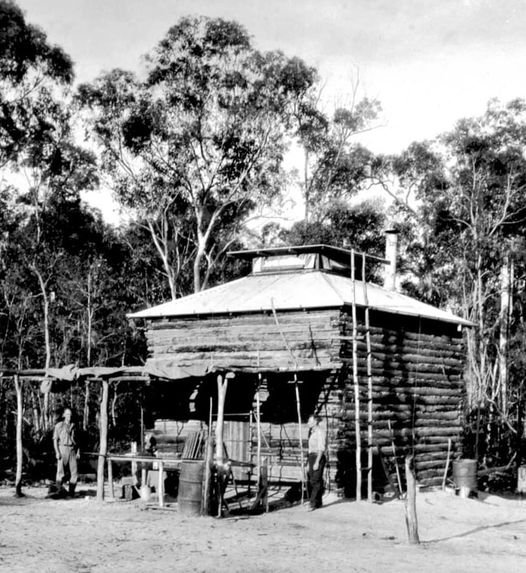
-
 4
4
-
-
-
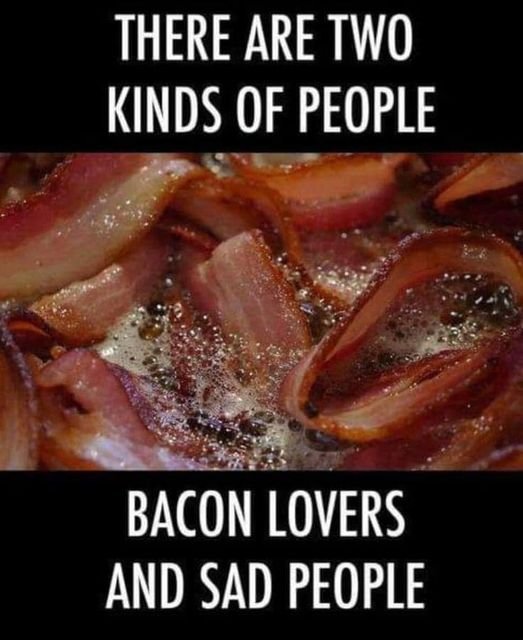
-
 2
2
-
 3
3
-
 1
1
-
-
-
SHEARING SHEEP - 1880’sIt was back breaking work for shearers.An average merino fleece weighs up to 40 pounds (18kg) and the blade shears they used weren’t much more sophisticated than gardening clippers. They were paid the relatively large sum of 11 shillings per hundred sheep, with rations.One shearer at the time said that if he had a good run of shearing he could “take a trip to one of the big centres and live like a lord the rest of the year.” The shearers pictured are blade shearing on the Lilyfield property in Jindera, NSW.

-
 2
2
-
 3
3
-
-
NED KELLY’S ARMOUR - 1880Ned Kelly famously wore a suit of armour, fashioned from the thick metal parts of a farmer's ploughs (seen here laid out by police after his capture). The suit made him impervious to bullets and had the added effect of making Kelly seem larger and more intimidating.The suit did however leave his legs exposed, a flaw exploited by the police during a siege in the small Victorian town of Glenrowan. Kelly stepped away from the fallen tree he was using as cover and was brought down by police gunfire.

-
 3
3
-
 1
1
-
-
-
-
48 minutes ago, PowderRiverCowboy said:
Rumor is that the sold the paratrooper rifles after the war , "like new never shot only dropped once "
Australia went with the U.S nuclear submarines instead of the French ones, because the ceilings were too high in the French subs being 8' tall to allow arms upright in surrender.
-
 3
3
-
-
French Paratroopers prayer would be "Please don't let the plane start please don't let the plane start".
-
 1
1
-
 1
1
-
-
-
 4
4
-
-
America's second most-powerful diplomat has suggested Australian nuclear-powered submarines acquired under AUKUS could eventually be deployed against China in any military conflict over Taiwan.
-
 1
1
-
-
On 4/2/2024 at 10:22 PM, Painted Mohawk SASS 77785 said:
.I kinda like the other & still use & speak it often
Depends on your age, being us old farts PM a 3.2kg baby means nothing to me.....but a 9.8lb I know is a biggun!
Same as 180cm person height means nothing but 6' I understand. But fishing line is still often sold in lb rating down here, inches for wheel rims, TV screens, surfboards, fishing rods.
The youngun's scratch their heads when you talk about thousands of an inch, inches, feet, imperial drill bits etc.
-
 2
2
-
-
“THE TASMANIAN DEVIL”The devil became extinct on the mainland some 3,000 years ago – before European settlement, due to being hunted by the Dingo. It is now only found in Tasmania. With no dingoes found in Tasmania, the Tasmanian devil is now the island state’s top predator.Throughout the 1800s, there was a concerted effort by Tasmanian farmers to eradicate the species, which were thought to kill livestock. Thankfully, the devil did not suffer the same fate as it is a relative to the Tasmanian tiger.

-
 2
2
-
 3
3
-
-
“NECESSITY BECOMES THE MOTHER OF INVENTION” - 1876The chance to find a fortune in the gold fields saw farm labourers abandon the vast wheat farms of NSW and Victoria in huge numbers. The cost of labour skyrocketed so enterprising landowners began making crude machines that could reap and bind grain, often built from leftover machine parts and scraps of metal, like the contraption pictured here. Such was the demand that the government of Victoria held a competition offering a prize of AUS £1,000 for the most viable reaper and binder machine.
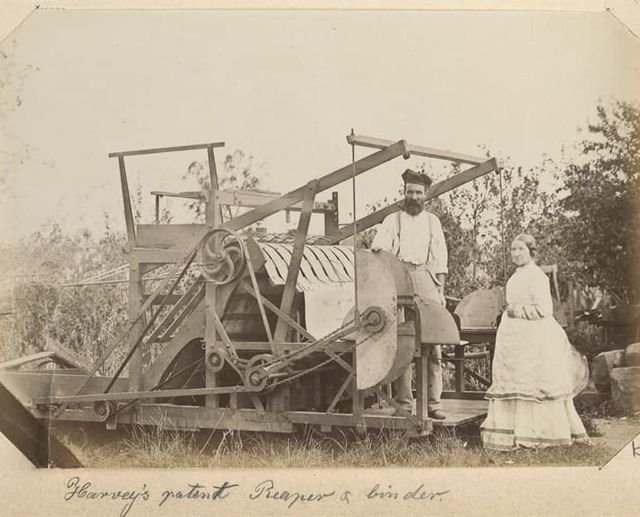
-
 5
5
-
-
They learnt from Okinawa that landing on Japan proper was going to be bloodbath, thankfully the 'Bomb' was developed that precluded a Japanese homeland invasion.
-
 1
1
-
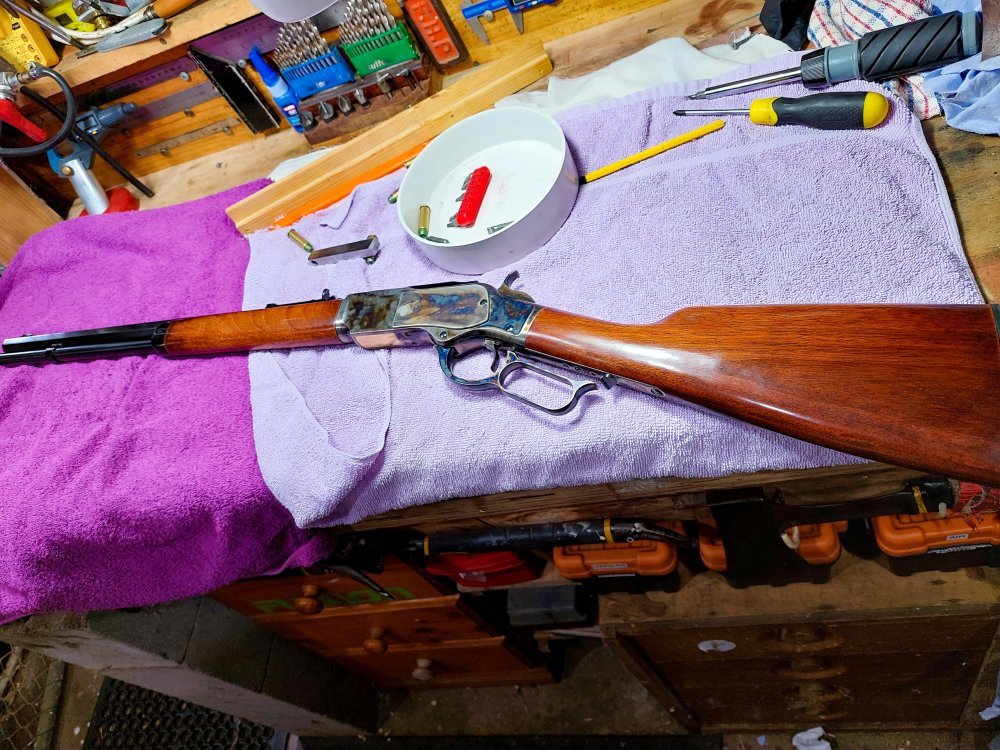








The Aussie Humour Thread
in SASS Wire Saloon
Posted